Redness can appear on the skin for a few reasons, including irritation, sensitivity, acne, rosacea, an allergic reaction to an external component, a scar, etc.
However, no matter the reason, redness is rarely a good sign; therefore, chances are that you will start looking for a solution as soon as you start noticing this occurrence on your skin.
And although redness can be challenging to get rid of, a few ingredients can help neutralize the issue.
In this article, we will discuss the best ingredients that can help you get rid of skin redness and achieve a bright and even complexion.
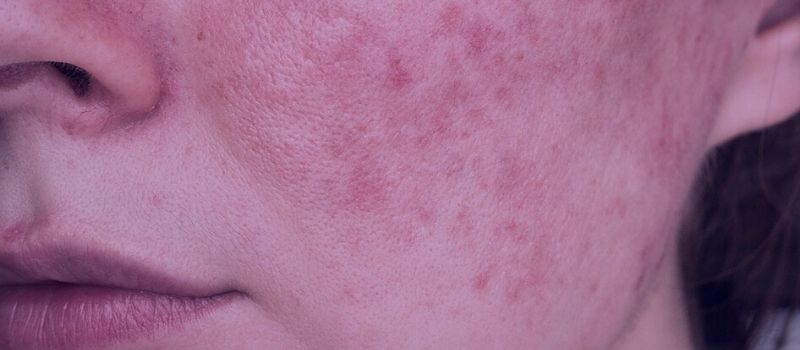
Niacinamide
Niacinamide is not only beneficial for reducing hyperpigmentation, but it’s also an effective anti-inflammatory and anti-acne agent.
Niacinamide can help reduce or completely prevent acne in some cases by inhibiting lipids in our sebaceous glands that contribute to acne formation while at the same time increasing ceramides which help the skin maintain optimal hydration levels.
This leads us to one of the most useful properties of niacinamide, which is the ability to improve epidermal barrier function by reducing trans-epidermal water loss and increasing the skin’s resistance to potentially harmful pathogens.
Once your skin barrier is strengthened, your skin will have an easier time dealing with other issues such as redness and sensitivity, but it will also be more resistant to irritation and inflammatory conditions such as acne and rosacea.
Azelaic Acid
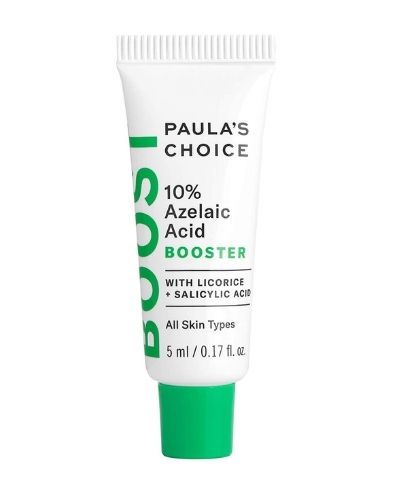
Azelaic acid is an ingredient found in over-the-counter and prescription products.
This ingredient is naturally found in wheat, rye, and barley, but it can also be synthetically made in a lab, which is the kind used in skincare products due to its effectiveness and stability.
Azelaic acid can diminish the appearance of skin blemishes, fade post-acne redness, refine the skin’s surface, and reveal a brighter and more even complexion, among other actions.
This ingredient is very gentle, and it’s generally well tolerated by all skin types, including sensitive and compromised skins.
It’s also one of the best ingredients for people dealing with rosacea as it helps relieve some of the symptoms, such as pustules and excessive redness, without irritating the skin.
Azelaic acid isn’t an AHA or BHA, but it is a distant relative to them, and although it has some mild exfoliating properties, it doesn’t work the same way as azelaic acid is a so-called dicarboxylic acid.
Vitamin A
Vitamin A is a powerful antioxidant that can help reduce inflammation by strengthening the skin barrier and helping it deal better with potential irritants.
Additionally, vitamin A derivatives such as retinol increase cellular turnover, which helps promote a clearer, brighter, and more uniform complexion.
Retinol has also been found to reduce not only post-inflammatory hyperpigmentation but also post-inflammatory redness, which is a challenging condition to deal with, with not many treatments available.
Lastly, retinol also helps reduce acne, thus eliminating yet another source of redness.
Centella Asiatica
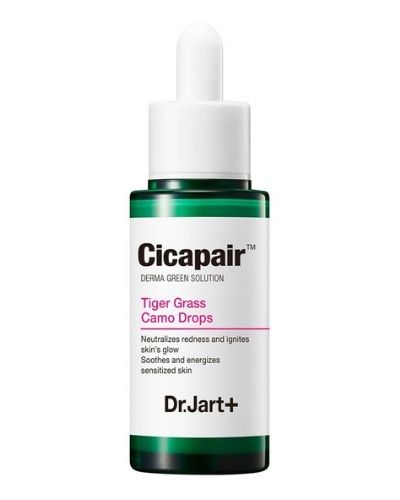
Centella Asiatica, also known as Gotu Kola and Indian pennywort, is a herb that’s been traditionally used in Indian Ayurvedic medicine.
Centella is most famous for its healing properties. In fact, many Centella products contain the prefix “cica-” which refers to its cicatrizing or healing abilities through scar formation.
Centella Asiatica contains a few main components that are sometimes included in a product alone in pure form or in combination as “Centella Asiatica extract.”
These include asiatic acid, madecassic acid, asiaticoside and madecassoside.
Centella Asiatica is a known anti-inflammatory component that helps calm redness, soothe inflammation and relieve itchy conditions such as eczema and rosacea.
Zinc
Zinc is an important nutritious mineral found in our body that protects the immune system and metabolism function by fighting off harmful cells and bacteria.
But this superstar mineral can also help you achieve a bright and clear complexion.
Zinc actively reduces inflammation by boosting the immune system to fight off harmful bacteria and diseases. It’s an anti-microbial agent that helps soothe and heal the skin rapidly.
It’s a common ingredient in hemorrhoid treatments and diaper rash creams, and researches show that zinc can effectively shorten the duration and reduce the severity of cold sores.
Besides that, zinc can also help reduce acne and minimize redness from inflammation.
Shea Butter
Shea butter is an effective skin moisturizing ingredient with soothing and nourishing properties.
This ingredient works as an emollient that softens and hydrates the skin, but it also contains antioxidants and several fatty acids that work together to strengthen the skin’s natural barrier and protect the skin from environmental damage, dryness, and pollutants.
By moisturizing and soothing the skin, shea butter can make redness appear less prominent, which makes this skincare ingredient especially good for those dealing with inflammatory conditions such as acne, rosacea, and eczema.
I also find shea butter-based moisturizers incredibly helpful for skins having a hard time staying hydrated and moisturized during cold winter months.
Panthenol
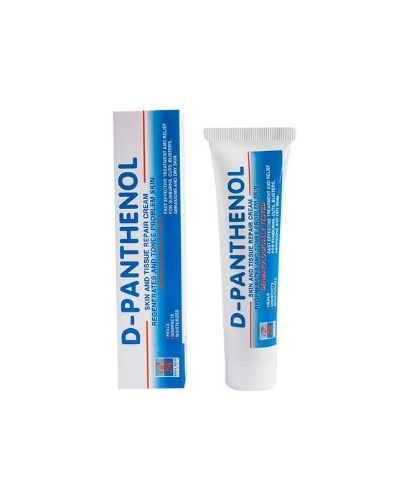
Panthenol (sometimes referred to as pro-vitamin B5) is a popular humectant in skincare products due to its ability to attract and hold moisture.
When applied to the skin, panthenol converts to pantothenic acid, which is a naturally occurring substance within the body.
Studies show that 1% panthenol quickly increases the skin’s hydration while decreasing transepidermal water loss leading to the overall improvement in the way skin feels and looks, including a more supple appearance.
Research also shows that panthenol has the ability to reduce sensitivity-induced redness in the skin. Moreover, topically applied panthenol in amounts between 1-5% has been reported to aid in healing and barrier repair.
It’s important to clarify that even though panthenol is the alcohol derivative of pantothenic acid, it is a completely gentle and non-drying form of alcohol, unlike SD or denatured alcohol, which are known to be damaging to the skin.
Panthenol is water-soluble and plays well with many other ingredients in skincare products, making it easy to formulate in moisturizers, serums, toners, etc.
Green Tea Extract
Green Tea Extract is rich in polyphenols, making it one of the most abundant sources of antioxidants and anti-inflammatory properties in skincare products.
The extract also offers great skin-soothing action that shows a significant promise for improving the appearance of damaged skin, redness, sensitivity, and irritation.
According to this study from June of 2013, green tea extract was also shown to have a prolonged moisturizing effect, reduce skin roughness, as well as the ability to improve wrinkles.
RELATED: Paula’s Choice 2% BHA Liquid Review.
Beta-Glucan
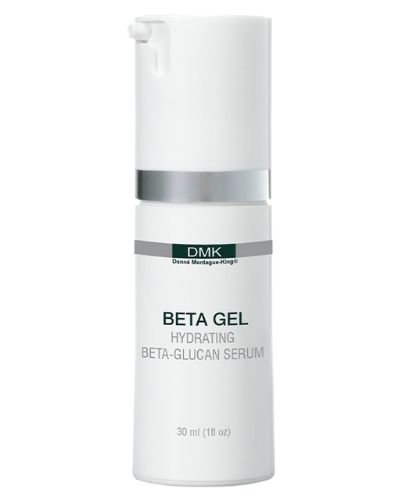
Beta-glucans are polysaccharide sugars found in the cell walls of various mushrooms, plants, algae, yeasts, or oats.
These components are known to have immune-enhancing benefits, which help protect the body from pathogens, AKA bacteria, thanks to their ability to increase macrophage activity, which are the scavenger cells that search for and destroy pathogens.
In skincare products, beta-glucans also provide many benefits, from intensive skin repairing and wound-healing properties to antioxidant activity, skin-soothing abilities, and providing an excellent softening and moisturizing action on the skin’s surface.
All these benefits can help reduce sensitivity-induced redness and improve the overall health of your skin.
Copper Peptides
Copper peptides are well known in the skincare world with decades of data as a skin-restoring ingredient that encourages overall skin improvement, including skin firmness, smoothness, reduction of fine lines and wrinkles, by promoting collagen, elastin, glycosaminoglycan (water-binding molecules with superior hydrating properties), and providing improved antioxidant activity.
Besides the ability to target and improve an array of skin concerns, copper peptides are also beneficial for soothing irritation and reducing sensitivity-induced redness on the skin.
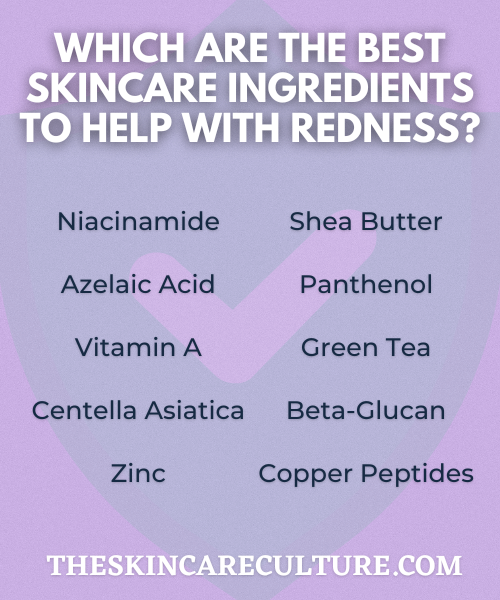
Can You Get Rid of Skin Redness Permanently?
You can only get rid of skin redness permanently if you identify what’s causing the redness and cut out the trigger factor.
However, even after doing that, the skin will probably need some time to recover, depending on the damage done by the trigger.
But besides that, there are some types of redness that you can get rid of and others that you can’t permanently eliminate.
For example, you can get rid of the redness caused by acne, rosacea, and dermatitis when your skin clears through adequate treatments.
On the other hand, you likely won’t be able to get rid of the redness that’s genetic and appears when you undergo some physical activity, or when you blush in embarrassing situations, or even if your skin reacts and becomes red after you eat spicy food, which is the case with some people.

My name is Simone and I am a certified skin specialist. I created this website to teach my readers how to take great care of their skin and I also like to occasionally share my honest opinions on skincare products I’ve tried. You can learn more about me here.
